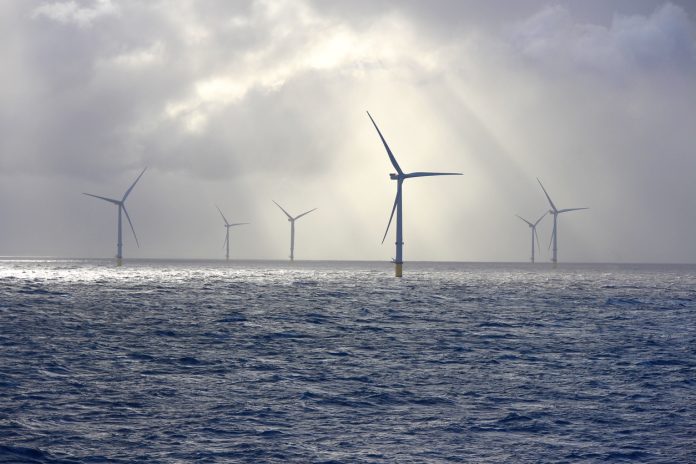Labour has announced a plan to establish Great British Energy, a government-owned power company, as the foundation of its strategy to decarbonise the UK’s energy sector and enhance energy security
This marks the first significant state involvement in the energy sector since its privatisation in 1990.
What is Labour’s plan?
Great British Energy is set to receive an £8 billion investment aimed at transforming the UK’s energy landscape. Unlike a full-scale renationalization, this state-owned enterprise will partner with existing private sector companies to finance and develop low-carbon infrastructure, such as wind farms and potentially nuclear reactors.
The company will not supply electricity directly to consumers but will play a crucial role in building the infrastructure needed for a sustainable energy future.
Labour plans to allocate £3.3 billion to its local power plan, empowering local authorities to develop small-scale clean energy projects. An additional £5 billion will be invested in projects less attractive to private investors, such as floating offshore wind farms and solar panels for social housing.
Labour Leader Keir Starmer envisions Great British Energy evolving to finance and manage its own projects. The company aims to mitigate the risks associated with major energy projects, including new nuclear reactors, which have faced significant challenges and cost overruns.
Addressing high energy costs
The initiative is part of Labour’s broader Green Prosperity Plan, which promises to cut energy bills by reducing reliance on gas power and boosting renewable energy.
The plan aims to double investment in home insulation to over £13 billion, addressing the UK’s high energy costs and carbon emissions.
Labour also intends to repair the UK’s outdated planning system and improve grid connections. With developers facing up to a decade-long wait for grid connections, the plan includes a £30 billion investment to upgrade the national grid and accommodate the intermittency of wind and solar power.
The Green Prosperity Plan includes ambitious targets such as fast-tracking 5 GW of floating offshore wind capacity, more than doubling onshore wind to 35 GW, tripling solar power to 50 GW, and quadrupling offshore wind to 55 GW by 2030. Labour further aims to advance new nuclear projects and double the government’s green hydrogen target to 10 GW.
Labour’s comprehensive strategy also includes a National Wealth Fund to support job creation in green industries and investments in ports, gigafactories, hydrogen, and steel.
Starmer’s vision positions the UK as a global leader in clean energy, aiming to cut energy bills, create 650,000 jobs, and achieve energy independence.











